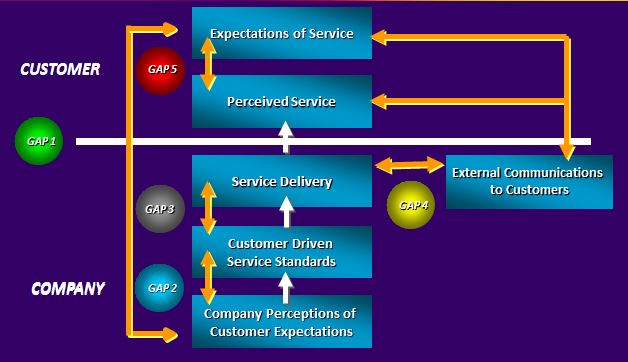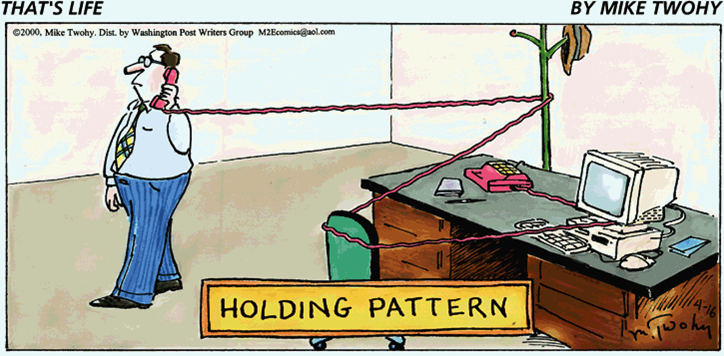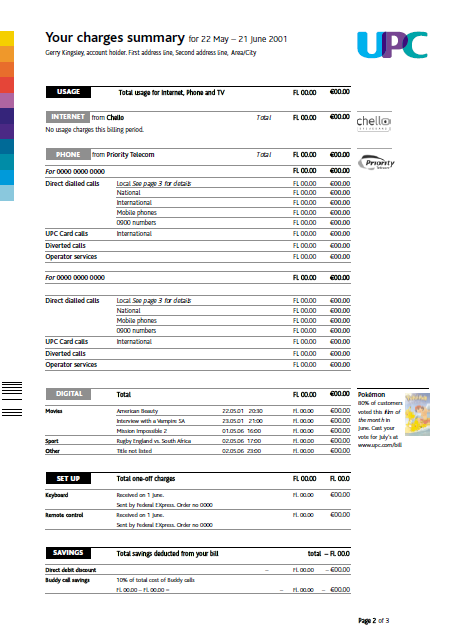Incorporating a “Customer Experience” business approach throughout the organization and spearheaded by Customer Care is imperative to support improve operational inefficiencies, reduce costs, and improve customer satisfaction. Customer Experience is defined as:
- It's the sum total of the interactions that a customer has with a company's products, people, and processes.
- It goes from the moment when customers see an ad to the moment when they make a purchase, make their first call, receive their first invoice, listen to their balance, --- and beyond.
Customer Experience includes all touch points and departments throughout the organization – it’s a not only a philosophy but a way of doing “smart” business. Here's an example I implemented for a GSM mobile operator.
When introducing new products / services or enhancing existing ones, it’s recommended a “Commercial Enhancement Process” is followed that collects inputs from Customer Care and other departments regarding the customer impact and help identify internal actions required to support the product. For example:
- Updated CRM contact reason codes
- Updated website FAQs
- Preparing and administering agent level product training
- Checking marcomms materials for clarity, accuracy, ease of understanding before going live
- Amended workflows, call scripts
- Changes to the billing system and bill layout













